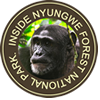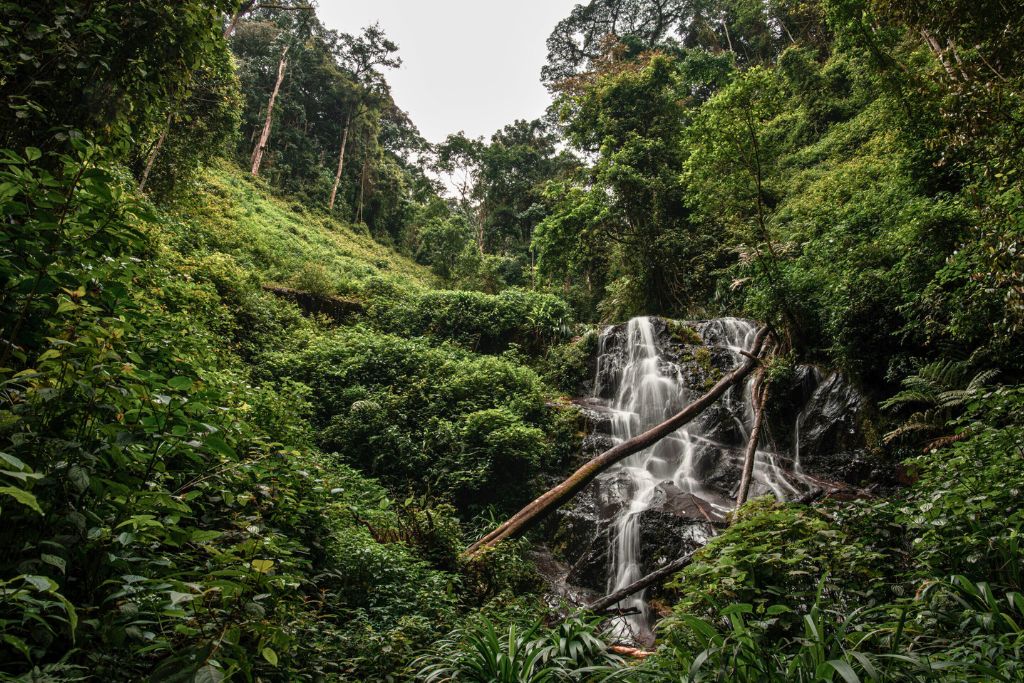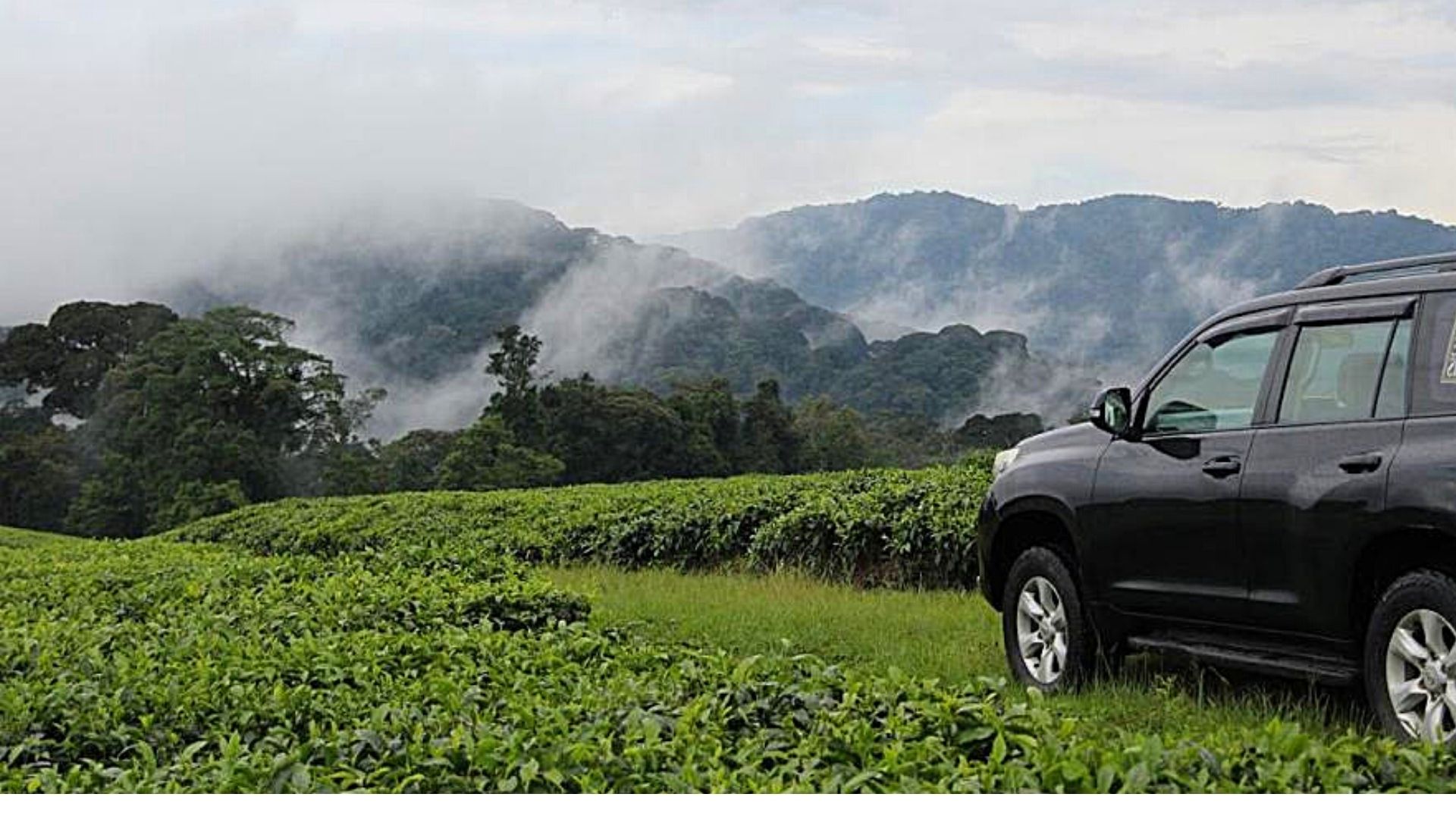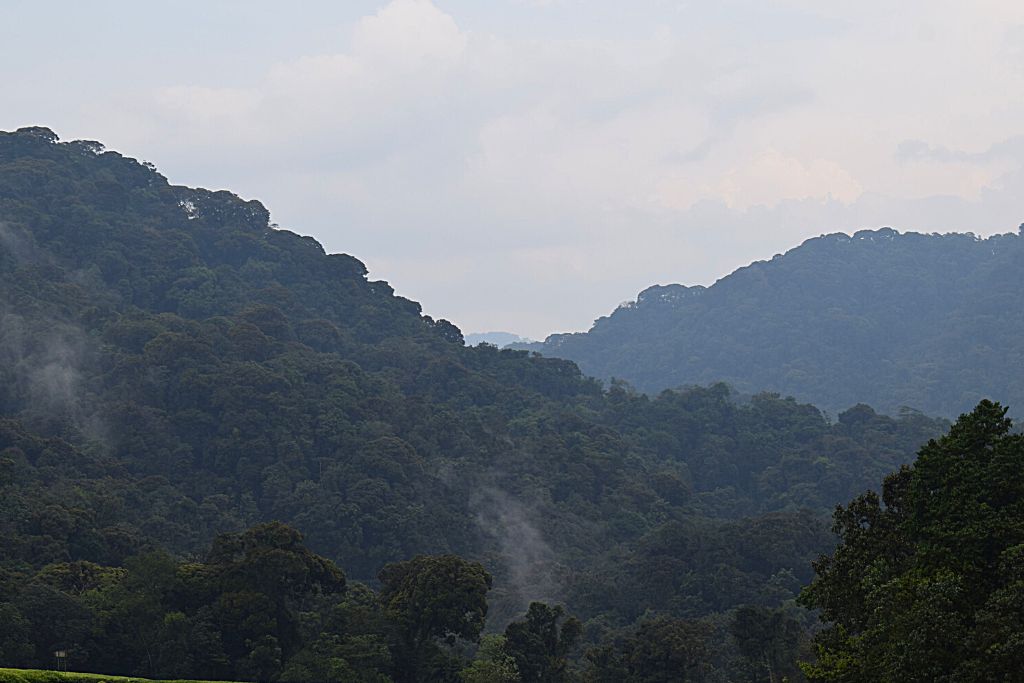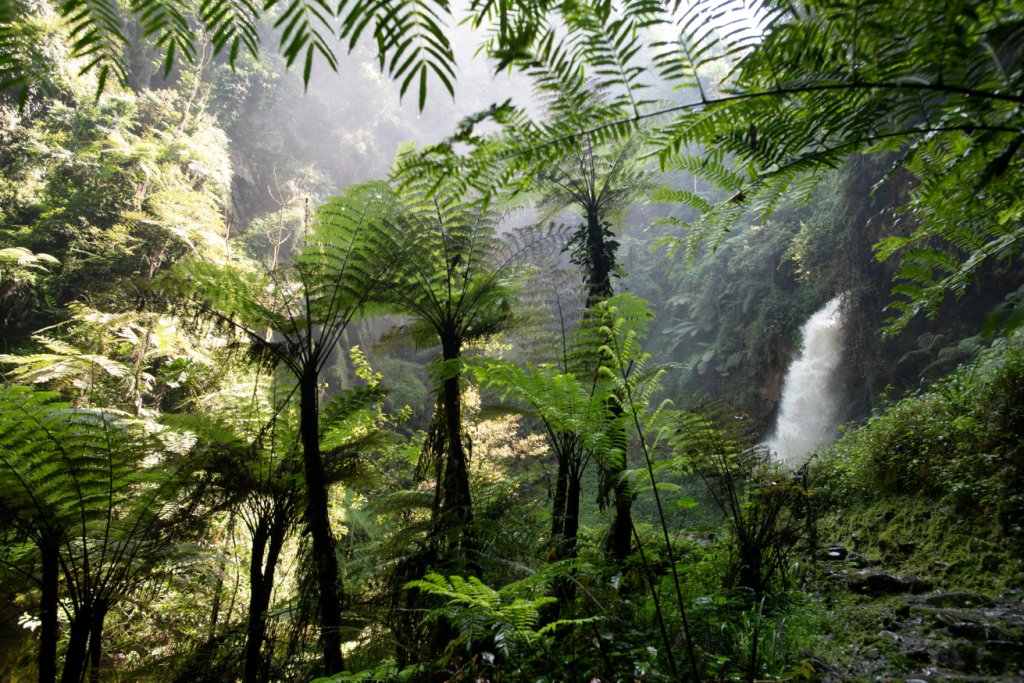
Nyungwe Plant Species
Nyungwe plant species are found in the country’s second-largest National Park covering a 1,015-square-Kilometer protected area of high-altitude, montane tropical rainforest hidden in the southwestern side of Rwanda. This is after Akagera National Park as a biodiversity hot spot in the Albertine Rift, a series of mountain ranges that extend from the Rwenzori Mountains in the Western side of Uganda to Northern Zambia with the Eastern Democratic Republic of Congo, Tanzania, Rwanda, and Burundi in-between. Nyungwe Forest is contagious with Burundi’s Kibira National Park and received its National Park status in 2005 thus making it the largest protected montane (high-altitude) rainforest in the East African region.
Nyungwe Forest’s rich diversity and natural beauty are phenomenal and one of the most endemic species-rich areas in the African Continent. One of the things that will make you fall in love with this Protected Area is its plant biodiversity. The National Park, ranging between 1900 and 3000 meters above sea level is largely comprised of a rainforest with natural patches of savannah thus allowing high plant diversity. You will be mesmerized by the change in vegetation from the tall trees on lower slopes/and base, the bamboo, groves, to the marshes. Book Now
Of the 1100 plant species known to exist in Nyungwe Forest, 20% (200 species) are trees with Mahogany being the commonest and 140 are Orchids. The Park’s incredible location and landscape, it has contributed to a phenomenal level of plant endemism whereby over 21 of the 24 plant species endemic to the Albertine Rift Valley are found in this Protected Area alone. There are high chances of seeing the Begonia pulcherrima, Impatiens Kagamei as well as the Impatiens nyungwensis. Many of the plant species in Nyungwe Forest are important for medicinal purposes, while others are still used for building (such as bamboo), and weaving.
Nyungwe Forest National Park’s change in altitude (from 1900 to 3000 meters above sea level) is fundamental in influencing the difference in vegetation zones. You are likely to see tall tree species such as Newtonia, Carapa, and Cyathea Manniana at 1900 meters above sea level.
Tall trees and ferns like Symphonia, Polycscias, and Newtonia are common in areas between 1901 and 2250 meters above sea level. For areas at 2500 meters above sea level, there is an Alpine Vegetation marked by Bamboo and Shrubs.
The existence of rich plant species in Nyungwe Forest National Park has favored the thriving of wildlife and bird species. There are presently about 13 primate species that include Chimpanzees, Olive baboons, vervet monkeys, L’Hoests monkeys, red-tailed monkeys, Owl-faced monkeys, Pottos, grey-cheeked mangabey, Blue monkeys, Mona Monkeys, the black and white colobus monkeys, Angolan colobus monkeys, and Bush babies. Also present in Nyungwe Forest are Large-spotted Genets, Giant forest hogs, African Civets, Marsh Mongoose, Tree Hyraxes, Side-striped jackals, Mountain sun squirrels, Slender mongoose, Golden cats, Yellow-backed and Black-fronted duikers, Bush pigs, Congo clawless Otters, leopards, and many others.
While exploring Nyungwe Forest National Park, expect to sight lots of Bird species that include Cinnamon-breasted bee-eaters, Great blue Turacos, the Red-throated Alethe, Olive thrush, Handsome francolin, Ross Turaco, Slender-billed Chestnut wing Starlings, the Black and White Casqued Hornbills, Mountain wagtails, the Black-headed waxbill, Equatorial Akalat, White-necked Ravens, Blue-headed sunbirds, Rwenzori double-collared sunbirds, to mention but a few.
